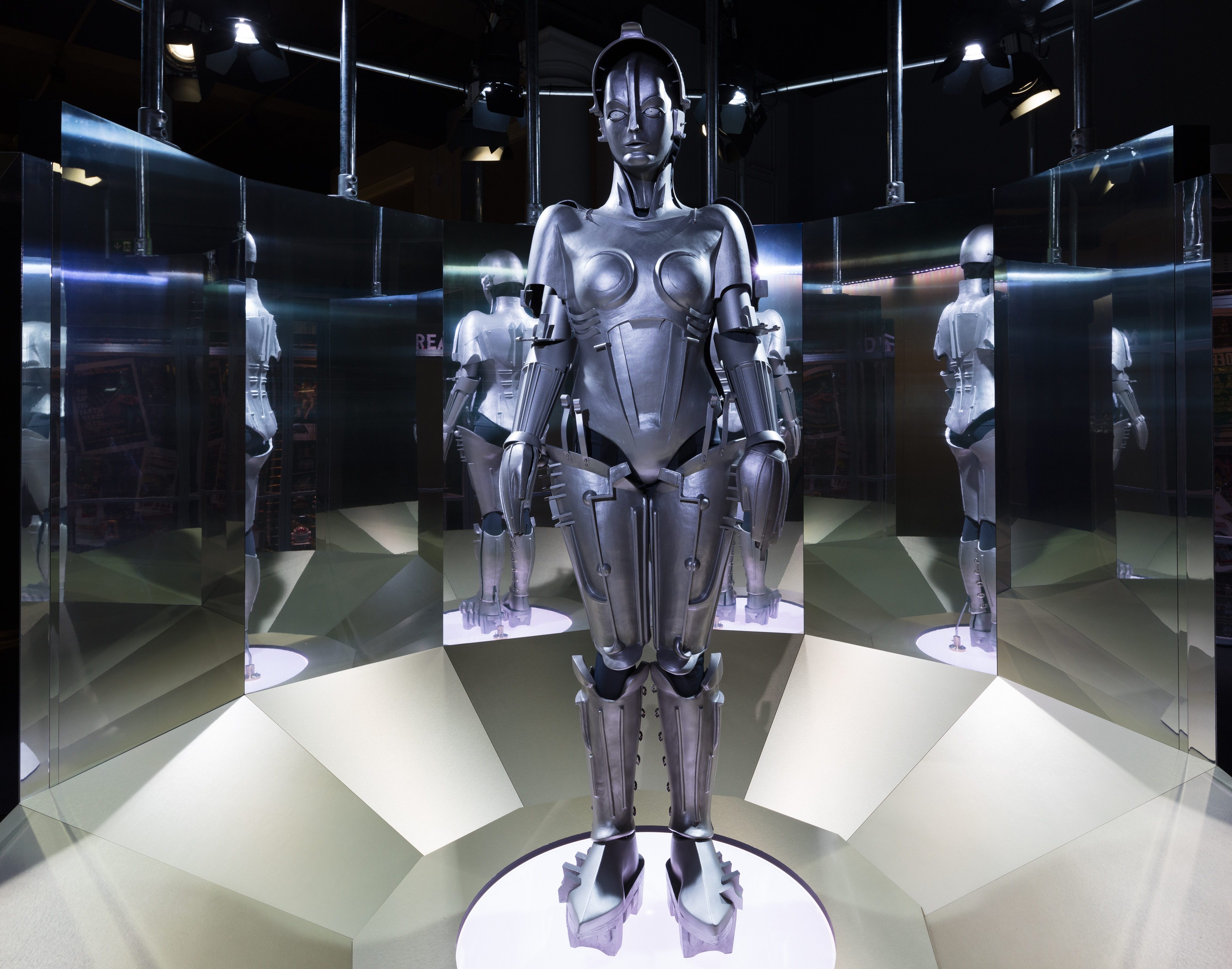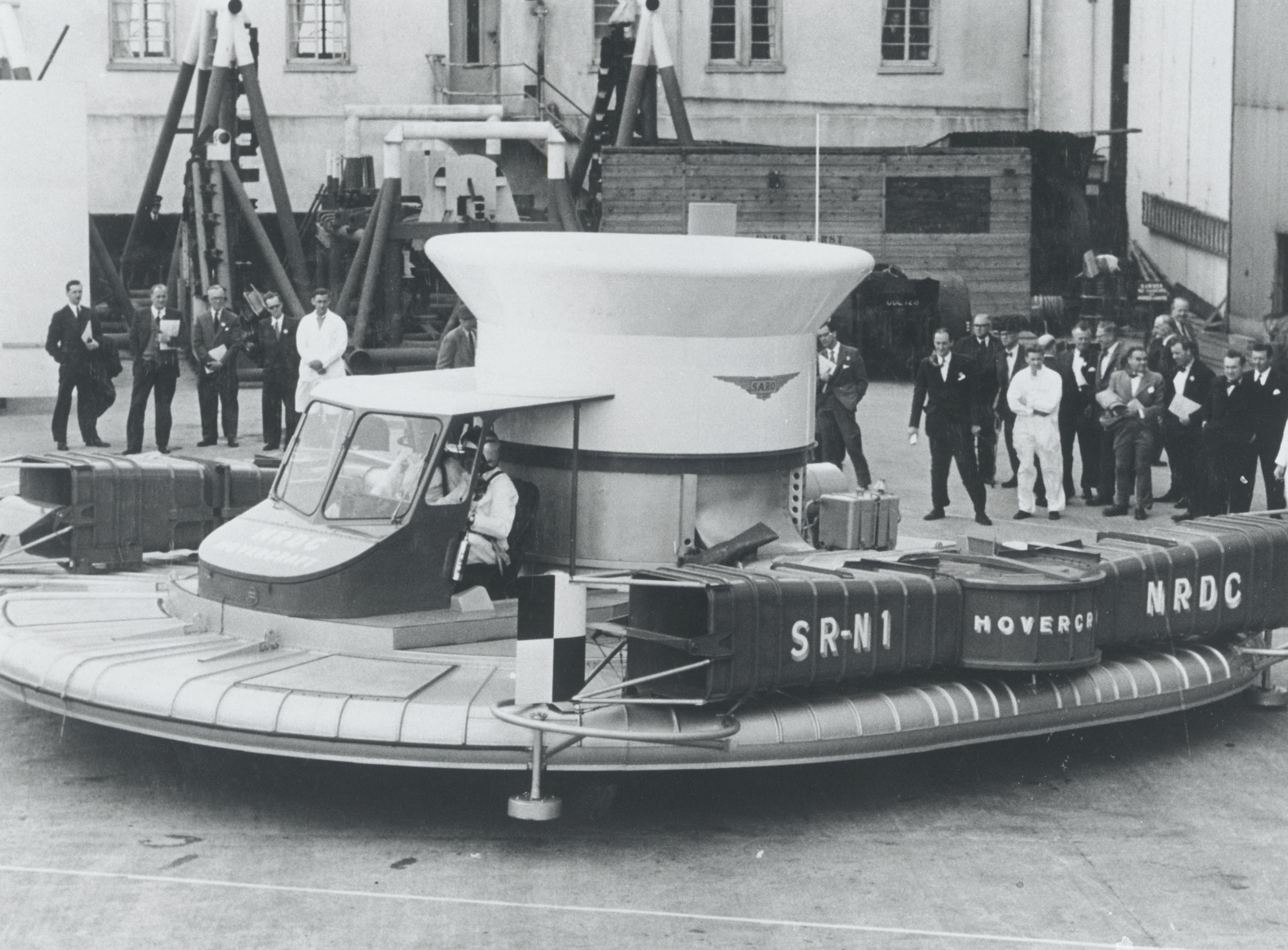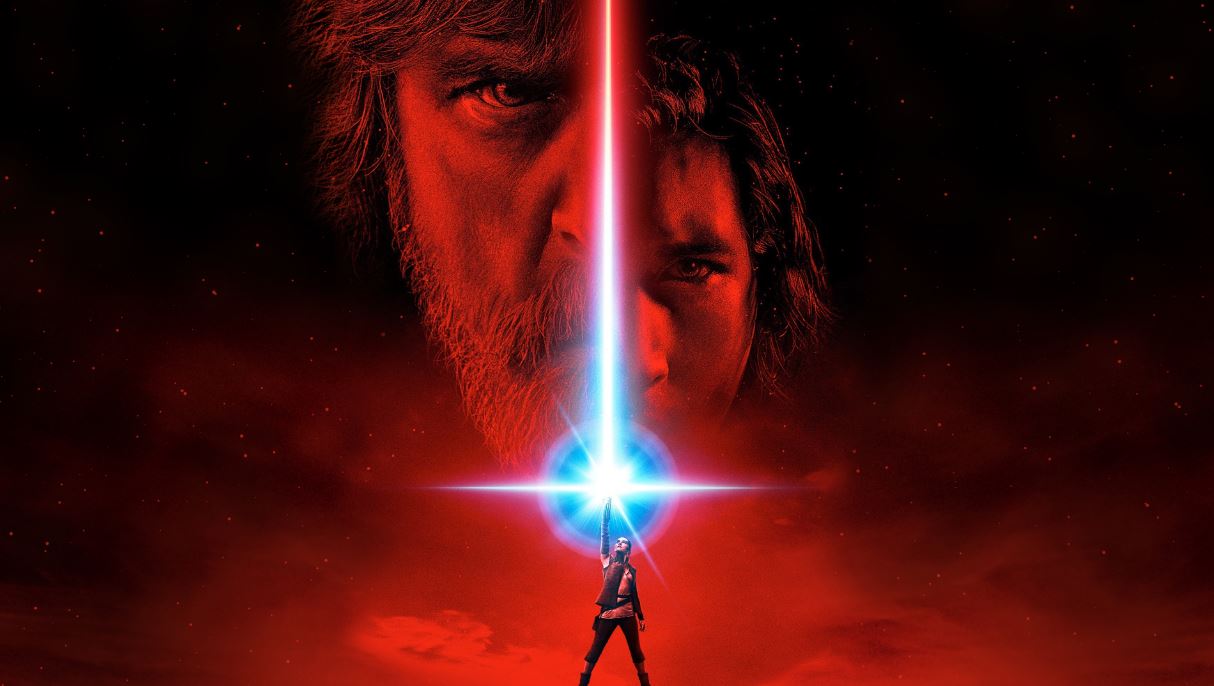Though much of Star Wars is very firmly a work of fiction, the films have inspired scientists and enthusiasts alike since the release of Episode IV – A New Hope in May 1977. The lightsabre, for example, has long been the subject of various theories and experiments, though an exact replica remains beyond our grasp.
It is also reported that ‘Maria’ from Fritz Lang’s 1927 film, Metropolis, was George Lucas’ inspiration for C-3PO. We have a replica of ‘Maria’ in our collection and she is currently on tour with the Robots exhibition in Manchester at the Museum of Science and Industry. Can you see the resemblance?

Some current scientific work has rather tenuous links with Star Wars, but is still fun to explore.
Boston Dynamics created a robotic dog, called ‘BigDog’, which bears a rather wonderful resemblance to an Imperial Walker. Though as you can see in the clip below It is a bit better at staying on its feet.
‘BigDog’ was created for use by the US military, unfortunately, they were discontinued as they proved too noisy for stealth work, not dissimilar to an Imperial Walker!
A moisture vaporator is a device used on desert planets such as Tatooine to pull water from the air. Our neighbours at Imperial College London have started a company called ‘ThinAir Water’ which condenses water from the air in even the driest of climates. They use a biomembrane which requires no power, and can be fixed anywhere, to gather and store clean water for local communities.
A Landspeeder is a transportation vehicle which hovered slightly above the ground and could travel at high speeds. Luke Skywalker owned an X-34 landspeeder. A hovercraft was actually first produced before the release of A New Hope and we have the world’s first hovercraft, SRN1, built by Westland Aircraft in 1959, as part of the collection.

Though initially designed for use over water, not land, hovercrafts are now used over water, mud, ice, land and other surfaces by the military, coast guards and for disaster relief efforts, transportation and sport.
General ownership of hovercrafts is still yet to be realised, though attempts have been made over the years. Recently, Renault and Central Saint Martins held a design competition for autonomous driving, electric power and connected technology. Yunchen Chai created the winning design called ‘Float’, an electrical hover car.
A tractor beam is a force field that pushes or pulls objects (mainly ships) in certain directions. The Imperial I-class Star Destroyer, the MC80 star cruiser and the Death Star all had tractor beam capabilities.
Researchers at the University of Sussex and Bristol, in collaboration with Ultrahaptics, have built a working sonic tractor beam, which can both push and pull small objects. The technology can now be 3-D printed and used by anyone (with some assembly required). They have begun experiments on using this technology with larger objects like footballs.
In the films, a cybernetic replacement is a biomechanical device which is used to replace limbs or organs. The limbs would be integrated into the body and were used in the same way as the flesh that was replaced – though they did require some mechanical maintenance. Both Luke Skywalker and Darth Vader underwent this procedure.
In 2015, through neural technology developments under the Defense Advanced Research Projects Agency (DARPA), a 28 year old, paralysed patient was able to physically feel the touch of each finger of a prosthetic hand, which was connected to his brain. This advancement points to a future where people with missing limbs or who are paralysed would be able to control and ‘feel’ their robotic limbs – just like in Star Wars.
The Star Wars franchise captured the world’s imagination when it was released in 1977. It changed the way that films were produced and gave us a glimpse of what the colonisation of space might look like.
Will be we zipping around, travelling through hyperspace, coexisting with beings from other star systems a thousand years from now?
Some people believe that this is the sort of future that humans need to be striving for. Individuals like Elon Musk and Jeff Bezos think that inhabiting space is ‘the next frontier’ and Star Wars has helped us earthlings picture just what that might look like.
